The Robots Aren’t Coming; They’re Already Here
Let’s get one thing straight. When we talk about AI and automation, we’re not just talking about science fiction fantasies with flying cars and robot butlers. We’re talking about a technology revolution that’s happening right now, under our noses. It’s in the recommendation engine that suggests your next favorite show on Netflix. It’s in the chatbot that helps you solve a banking issue at 2 AM. It’s the silent, invisible force that’s fundamentally rewiring how we live, work, and interact. This isn’t a distant future. It’s the present. And understanding it isn’t just for tech gurus anymore—it’s for everyone.
The conversation often gets polarized. You’ve got the doomsayers predicting a jobless dystopia, and the utopians promising a world without work. As with most things, the truth is a lot more nuanced and, frankly, a lot more interesting. It’s a story of incredible opportunity, complex challenges, and a fundamental shift in what it means to be a professional in the 21st century. So, let’s cut through the hype and the fear and get to the heart of what this all really means.
Key Takeaways
- AI vs. Automation: AI is the ‘brain’ that thinks and learns, while automation is the ‘body’ that performs tasks. They are most powerful when combined.
- Industry Transformation: From healthcare diagnostics to personalized marketing, AI and automation are boosting efficiency and creating new capabilities across all sectors.
- The Job Market Myth: While some jobs will be displaced, technology is creating entirely new roles that require human skills like creativity, critical thinking, and emotional intelligence. The focus is shifting from replacement to augmentation.
- Embrace the Change: The key to thriving is not resisting but adapting. Continuous learning and upskilling are non-negotiable for both individuals and businesses.
Demystifying the Buzzwords: What Are We Actually Talking About?
The terms ‘AI’ and ‘automation’ get thrown around so much they can start to lose their meaning. People often use them interchangeably, but they’re distinct concepts that work together in powerful ways. Think of it like a chef and a set of kitchen tools.
Artificial Intelligence (AI) Explained Simply
Artificial Intelligence is the chef. It’s the brain of the operation. AI is a broad field of computer science focused on creating systems that can perform tasks that normally require human intelligence. This includes things like learning from experience (machine learning), understanding language (natural language processing), recognizing images (computer vision), and making decisions. It’s not about creating a conscious robot; it’s about building software that can spot patterns, make predictions, and learn without being explicitly programmed for every single scenario. When your email service automatically flags a message as spam, that’s a simple form of AI at work. It has learned what spam looks like based on millions of examples.
Automation: The Workhorse of Modern Business
Automation is the set of kitchen tools. It’s the ‘doing’ part. At its core, automation is about using technology to perform a task or a process with minimal human assistance. This isn’t new. The assembly line was a form of automation. What’s different today is that we’re automating not just physical tasks but also digital and cognitive ones. Robotic Process Automation (RPA), for example, uses software ‘bots’ to handle repetitive, rule-based digital tasks like data entry, processing invoices, or transferring information between systems. It’s fast, accurate, and works 24/7 without getting bored. It’s a workhorse.
The Power Couple: Where AI Meets Automation
This is where the magic really happens. When you give the brilliant chef (AI) a set of advanced kitchen tools (automation), you get something special. This is often called Intelligent Automation. Instead of just automating a simple, fixed process, you can now automate complex processes that require judgment and decision-making. An automation bot might be able to pull customer data from a spreadsheet, but an AI-powered automation bot can analyze that customer’s history, understand the sentiment of their recent email, and decide the best way to respond. It’s the difference between a dumb machine following orders and a smart system that adapts and optimizes.

The Real-World Impact of AI and Automation
Theory is nice, but where is this technology actually making a difference? Everywhere. The impact is vast and it’s growing exponentially. It’s not one single thing; it’s a thousand different applications that are adding up to a massive societal shift.
Revolutionizing Industries from Healthcare to Finance
Let’s look at a few examples. In healthcare, AI algorithms are analyzing medical images like X-rays and MRIs to detect diseases like cancer with a level of accuracy that can sometimes surpass human radiologists. This doesn’t replace the doctor; it gives them a powerful tool to make better, faster diagnoses. In finance, AI is the backbone of fraud detection systems, analyzing millions of transactions in real-time to spot suspicious patterns and protect your accounts. It’s also powering algorithmic trading and personalized financial advice. In retail, it’s personalizing your shopping experience, managing complex supply chains to ensure products are on the shelves, and optimizing pricing dynamically.
Beyond the Factory Floor: How It’s Changing White-Collar Jobs
The first wave of automation hit the factory floor hard. Now, the second wave is washing over the office. But again, it’s a story of change, not just elimination. Lawyers are using AI to sift through thousands of legal documents in minutes, a task that once took paralegals weeks. They’re not being replaced; they’re being freed up to focus on strategy and client interaction. Marketers are using AI to analyze campaign data and generate creative ad copy, allowing them to focus on high-level brand strategy. Customer service is being transformed by intelligent chatbots that can handle common queries instantly, leaving human agents to deal with the more complex, emotionally charged issues where they add the most value.
“The goal is not to replace humans, but to augment their capabilities. We’re building tools, not replacements. The most effective teams of the future will be a seamless blend of human talent and artificial intelligence.”
The Big Question: Will Robots Take Our Jobs?
This is the elephant in the room. And it’s a valid concern. The honest answer is: yes, some jobs will disappear. But that is a woefully incomplete answer. Throughout history, technology has always eliminated some jobs while creating new ones. We don’t have many blacksmiths or switchboard operators anymore, but we have plenty of software developers and social media managers—jobs that didn’t exist a few decades ago.
The ‘Job Displacement’ Fear vs. The ‘Job Creation’ Reality
The tasks being automated are typically the ones that are repetitive, predictable, and data-intensive. Think data entry, basic report generation, or quality control checks. The fear is real because these tasks make up a portion of many people’s jobs. However, the reality is that this same technology is creating entirely new categories of work. We now have ‘Prompt Engineers’ whose job is to write effective queries for AI models. We have ‘AI Ethicists’ who ensure these systems are fair and unbiased. ‘Data Scientists’ are some of the most in-demand professionals in the world. The economy is not a zero-sum game; it’s a dynamic system that evolves.
Augmentation, Not Replacement
The more immediate and widespread impact is not outright replacement, but augmentation. Your job probably won’t be taken by an AI. But you might find yourself working alongside one. An architect might use a generative AI to brainstorm hundreds of initial building designs in an afternoon. A writer might use an AI tool to check for grammar, style, and tone, freeing them up to focus on the core creative ideas. A doctor gets a second opinion from an AI diagnostic tool. In this model, AI and automation handle the tedious parts of the job, allowing the human to focus on what humans do best: creativity, strategic thinking, empathy, and complex problem-solving.
Getting Started: How to Embrace AI and Automation
So, how do you prepare for this new reality? You don’t have to become a machine learning PhD. It’s about cultivating a mindset of curiosity and continuous learning.
For Individuals: Upskilling for the Future
The most future-proof skill you can have is the ability to learn. The tools will change, but the need for adaptable, critical thinkers will not. Focus on developing skills in these areas:
- Data Literacy: You don’t need to be a statistician, but understanding the basics of how to read, interpret, and question data is becoming as fundamental as reading and writing.
- Digital Fluency: Get comfortable with new software and tools. Be the person in your office who is willing to experiment with a new AI-powered project management app or a data visualization platform.
- Critical Thinking & Creativity: An AI can process data, but it can’t ask ‘why’. It can generate text, but it can’t craft a truly original, emotionally resonant story. These uniquely human skills are becoming more valuable than ever.
- Emotional Intelligence: Collaboration, communication, and empathy are skills that are incredibly difficult, if not impossible, to automate. As routine tasks fade, our ability to work well with others will be paramount.
For Businesses: A Practical Roadmap
For companies, jumping into AI can feel daunting. The key is to start small and focus on solving real problems. Don’t chase the shiny new toy; find a bottleneck in your business and see if technology can help.
- Identify Pain Points: Where are your teams spending too much time on repetitive, low-value tasks? Start with automating a simple invoicing process or a data entry workflow.
- Educate Your Team: Don’t just impose new tools. Explain the ‘why’. Host workshops, provide training, and create a culture where people see AI as a helpful assistant, not a threat to their job.
- Start Small and Iterate: You don’t need a massive, multi-million dollar AI initiative on day one. Pilot a small project with a clear goal. Maybe use an AI-powered chatbot for after-hours customer service. Measure the results, learn, and then expand.
- Focus on Data: AI is fueled by data. Ensure you have clean, well-organized data. Your AI strategy will only ever be as good as your data strategy.
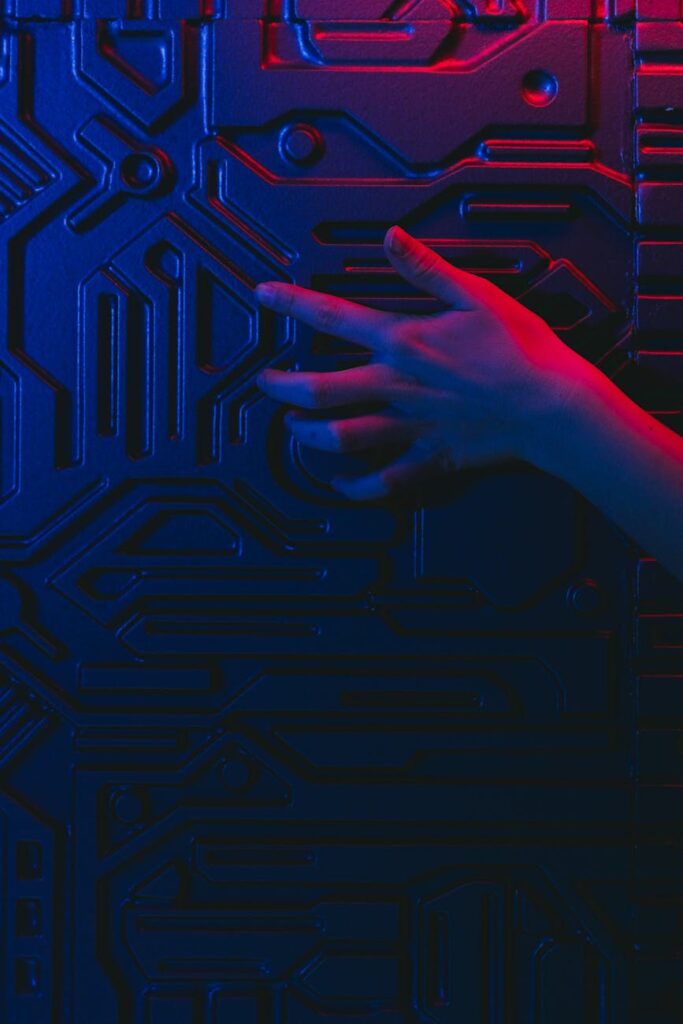
Navigating the Challenges and Ethical Considerations
This journey isn’t without its potholes. As we integrate these powerful tools into society, we must grapple with serious ethical questions. Ignoring them is not an option. A powerful tool used irresponsibly can cause significant harm.
The Bias in the Machine
AI models learn from the data they are trained on. If that data reflects historical societal biases (and it almost always does), the AI will learn and even amplify those biases. This has led to biased hiring tools that favor certain demographics and facial recognition systems that are less accurate for women and people of color. Building fair and equitable AI is one of the biggest challenges in the field.
Data Privacy Concerns
To be effective, AI systems often require vast amounts of data. This raises critical questions about privacy and security. How is our data being used? Who owns it? How is it being protected from bad actors? We need robust regulations and transparent policies to build trust.
Conclusion
AI and automation are not a passing fad. They are foundational technologies that will shape our world for decades to come, much like the internet or electricity before them. The narrative of ‘human vs. machine’ is ultimately a false one. The future doesn’t belong to the machines, nor does it belong to the humans who resist them. It belongs to the humans who learn to work with them. This is a story of partnership. It’s about using incredible new tools to solve old problems, to unlock new frontiers of creativity, and to augment our own intelligence. The future isn’t about being replaced; it’s about being empowered.
FAQ
What’s the main difference between AI and automation?
Think of it this way: Automation is about following a pre-set list of rules to do a task. ‘If this happens, then do that.’ It’s great for repetitive, predictable work. AI, specifically machine learning, is about learning from data to make predictions or decisions without being explicitly programmed with rules. AI can handle variability and make judgments, while basic automation cannot.
Is it too late to learn about AI and automation?
Absolutely not! In fact, now is the perfect time. You don’t need a degree in computer science. There are countless online courses, articles, and videos (many of them free) that explain these concepts in simple terms. The key is to start with the basics, understand the vocabulary, and think about how these tools could apply to your own field or interests. Lifelong learning is the new normal.
Which industries are being most affected by AI?
While nearly every industry is being touched by AI, some are experiencing more rapid transformation than others. Technology, finance, healthcare, retail, and manufacturing are at the forefront. In these sectors, AI is used for everything from software development and fraud detection to medical diagnostics and supply chain optimization. However, creative industries, education, and transportation are also seeing massive changes on the horizon.

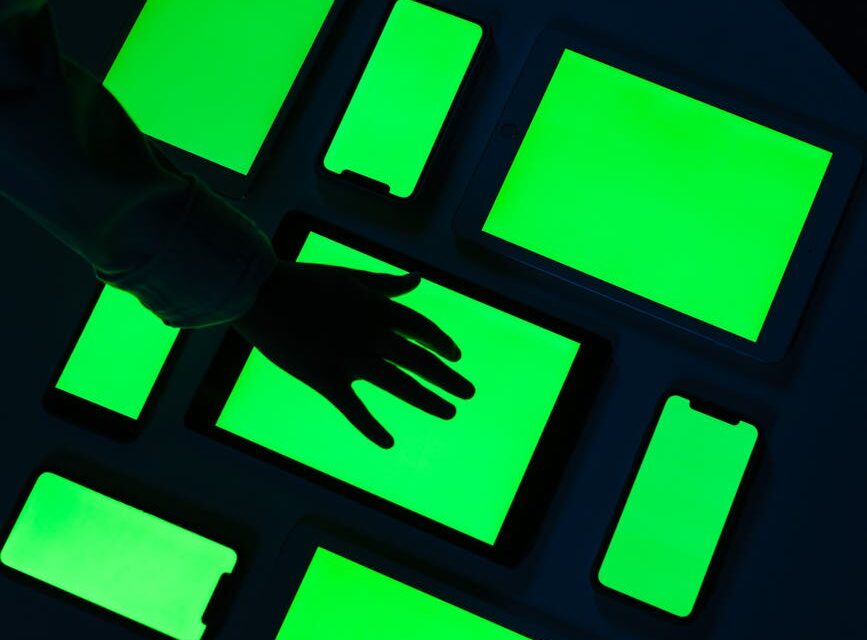

 AI Tools for Freelancers: Work Smarter, Not Harder in 2024
AI Tools for Freelancers: Work Smarter, Not Harder in 2024  AI and Job Displacement: Your Guide to the Future of Work
AI and Job Displacement: Your Guide to the Future of Work  AI’s Impact: How It’s Transforming Industries Today
AI’s Impact: How It’s Transforming Industries Today  AI in Cybersecurity: The Future of Digital Defense is Here
AI in Cybersecurity: The Future of Digital Defense is Here  AI-Powered Marketing: The Ultimate Guide for Growth (2024)
AI-Powered Marketing: The Ultimate Guide for Growth (2024)  AI in Education: How It’s Shaping Future Learning
AI in Education: How It’s Shaping Future Learning 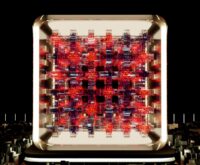 Backtest Crypto Trading Strategies: A Complete Guide
Backtest Crypto Trading Strategies: A Complete Guide  NFT Standards: A Cross-Chain Guide for Creators & Collectors
NFT Standards: A Cross-Chain Guide for Creators & Collectors  Decentralized Storage: IPFS & Arweave Explained Simply
Decentralized Storage: IPFS & Arweave Explained Simply 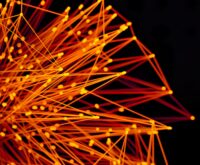 How to Calculate Cryptocurrency Taxes: A Simple Guide
How to Calculate Cryptocurrency Taxes: A Simple Guide 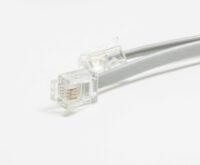 Your Guide to Music NFTs & Top Platforms for 2024
Your Guide to Music NFTs & Top Platforms for 2024  TradingView for Crypto: The Ultimate Trader’s Guide
TradingView for Crypto: The Ultimate Trader’s Guide